
Review on Tools Of Medicine'S Advanced Silicone Suture Pad With Realistic Anatomy And Skin-Like Texture: Ideal For Dental, Veterinary, Nursing, Physician Assistant, Medical Students And Surgeons by Aaron Allen

Tools Of Medicine's Advanced Silicone Suture Pad: A Game-Changer for Medical Professionals
This suture pad is an absolute game-changer for medical professionals. As a nursing student, I have found that it accurately simulates the texture and anatomy of human skin, making it an excellent tool for practicing suture techniques. It's also incredibly versatile, making it useful for dental, veterinary, physician assistant, and surgical students. One of the standout features of this suture pad is its durability and longevity. Unlike other cheaper options on the market, this pad can withstand multiple needle passes, making it an excellent investment for anyone in the medical field. The realistic anatomy of this suture pad is another huge plus. It has distinct layers that accurately replicate the subcutaneous tissue, dermis, and epidermis, making it feel like you are performing a real-life suture. The texture of the pad is also spot-on, providing the necessary resistance for practicing the proper technique. Overall, I would highly recommend this suture pad to anyone in the medical profession. The quality and versatility of the product make it a worthwhile investment in any medical student's or practitioner's education and skill set. I give this product 5 stars without any hesitation.
- The realistic anatomy and skin-like texture of Tools Of Medicine's Advanced Silicone Suture Pad make it an ideal tool for surgical practice and training. Medical students and aspiring surgeons can practice suturing techniques on a model that closely mimics human tissue, improving their skills and preparing them for real-life surgeries
- While the silicone texture might be lifelike, it can also be too soft and pliable, potentially leading to errors in technique and stitching accuracy during training.
New products
Comments (0)
Top products in 🧪 Lab Supplies & Consumables
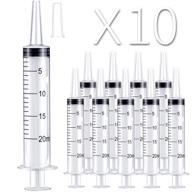
10 Pack 20Ml/Cc Plastic Syringe Large Syringes Tools Catheter Tip Individually Sealed With Measurement For Scientific Labs, Measuring Liquids, Feeding Pets, Medical Student, Oil Or Glue Applicator

25 Review
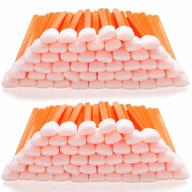
Large Foam Swab Sticks With Rectangular Tips, 100Pcs, 5.25 Inches, Orange - Ideal For Inkjet Printers, Optical Instruments, Car Detailing, And Cleaning In Cleanrooms

15 Review
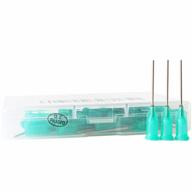
Pack Of 50 Industrial Blunt Tip Dispensing Needles With Luer Lock, Unsterilized (18G, 1.0 Inch)

15 Review
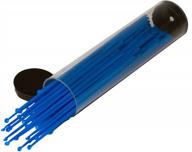
Effortlessly Measure Precise Dosages With LiftMode Disposable Micro Scoops - 8-10Mg

16 Review
Another interesting products
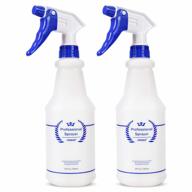
Get Your All-Purpose Cleaning Solution With Bealee'S 24 Oz Plastic Spray Bottles - 2 Pack

16 Review
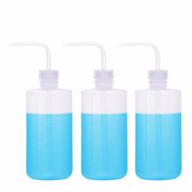
3Pcs 500Ml CVNDKN Wash Bottles W/ Scale -16 Oz: Plastic Safety Lab Squeeze Bottle

13 Review
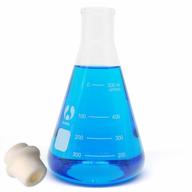
Graduated Erlenmeyer Glass Flask Set With Narrow Mouth - 500Ml Capacity

15 Review

Laboy Glass 500ML Single Neck Round Bottom Boiling Flask Heavy Wall With 24/40 Joint Heating Reaction Receiving Flask Organic Chemistry Lab Glassware

16 Review

